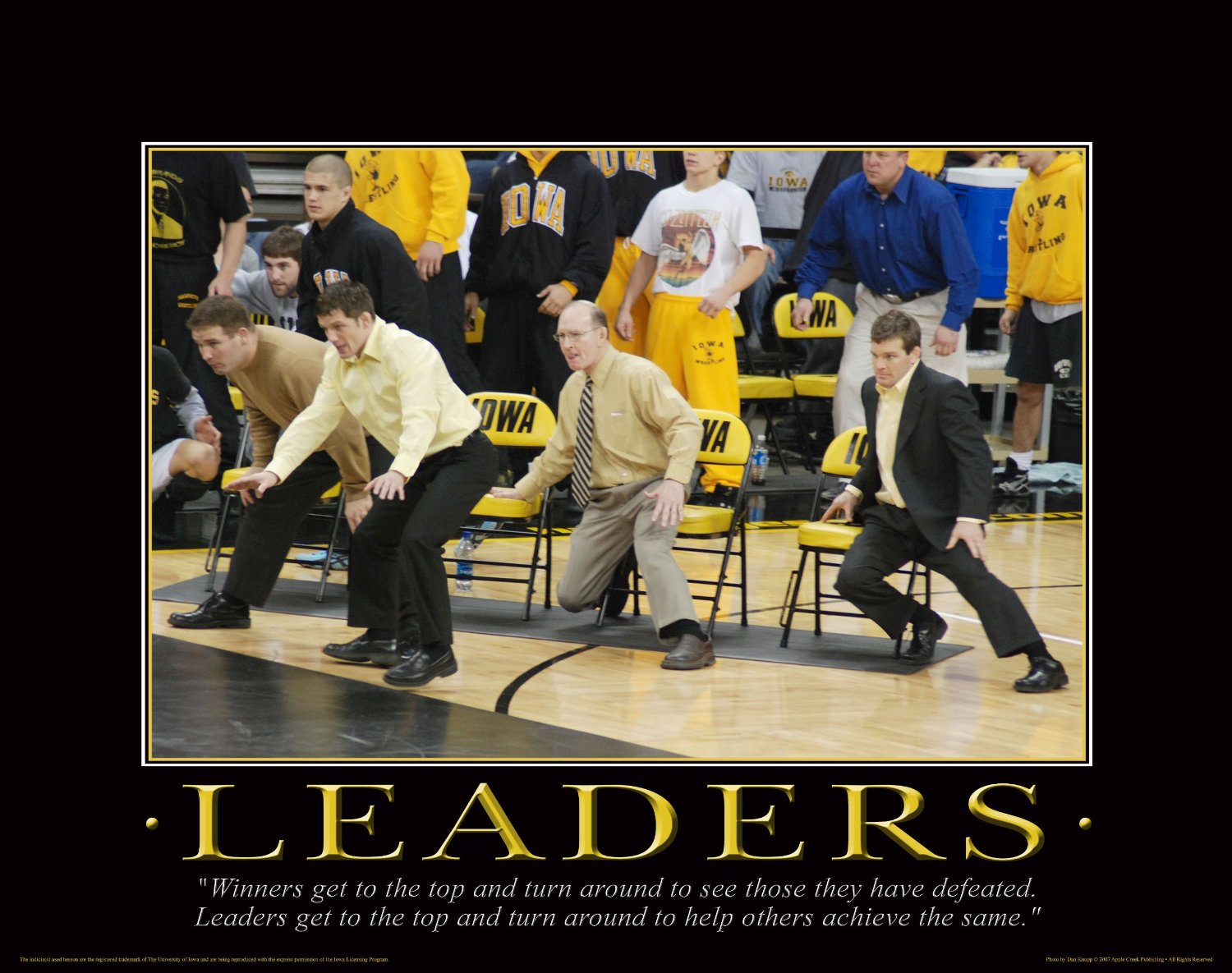Posted on October 31, 2016 in Reaction Time
There are several references in the wrestling rules to reaction time; for the purpose of being consistent, reaction time should never be more than 2 seconds. This a count of one thousand one, one thousand two. There are certain situations when reaction time is much less than 2 seconds.
The amount of reaction time allowed will vary depending upon the circumstance. For instance, when you are behind your opponent in a standing position with your hands locked around his chest, you have reaction time to release locked hands after you take your opponent to the mat. If the defensive wrestler executes a sit out on the mat and the offensive wrestler locks his hand to block the move, even only monetarily, the offensive wrestler shall be penalized for the technical violation of locking his hands. There is no allowable reaction time in this situation.
Note: Part IV awarding points, page 18 of the 1992-1993 Federation Casebook and Manual.
Officials please note that sometimes criteria such as this becomes common knowledge and is no longer contained in our rule or casebook.
When coaches ask where does it say that you will now have a response.
Abel Estrella

Iowa Wrestling and Leaders
Posted on November 6, 2015 in Meetings, Reaction Time, Work to Improve
Had our officials meeting today and discussed Criteria from the handout at the AWOC meeting. Great discussion, including out-of-bounds, wizzer, take-downs and several others.
What I wanted to comment on in today’s blog was the topics that were scattered through-out the discussion.
- Reaction Time
- Work to improve
Reaction Time:
I reviewed the 2015-2016 NFHS Wrestling Rule Book and found reaction time in the following sections.
Section 10 – Escape: “An escape is when the defensive wrestler gains a neutral position and the opponent has lost control, beyond reaction time…
Section 25 – Takedown: A takedown shall be awarded when one or both knees of the defensive wrestler are touching the mat beyond reaction time… or when the defensive wrestler’s legs or torso are controlled and the majority of the wrestler’s weight is supported by the hands.
Section 3, Article 3 – Interlocking hands: When bringing your opponent to the mat, hands overlapping or interlocking beyond reaction time is a technical violation.
So what is reaction time? Click Here for the definition from senior official, Abel Estrella.
Work to Improve:
This is also a great topic because it has multiple meanings. When wrestling, to avoid a stalemate and stalling, and something all wrestlers should be constantly doing is, “Work to Improve”. Failing to do so can impact a wrestler in a negative way. Wrestlers should always be working to improve.
Note that this is different but similar to the term, “improve his/her position” mentioned in the rule book. For example, if the offensive wrestler is utilizing the body scissors to improve his/her position… the maneuver is being properly executed.
Or
Section 23 – Stalemate: It Is a stalemate when contestants are interlocked in a position other than a pinning situation, in which neither wrestler can improve their respective position(s).
Just some thoughts for the day for those officials that hear these terms and are processing their respective definitions.
